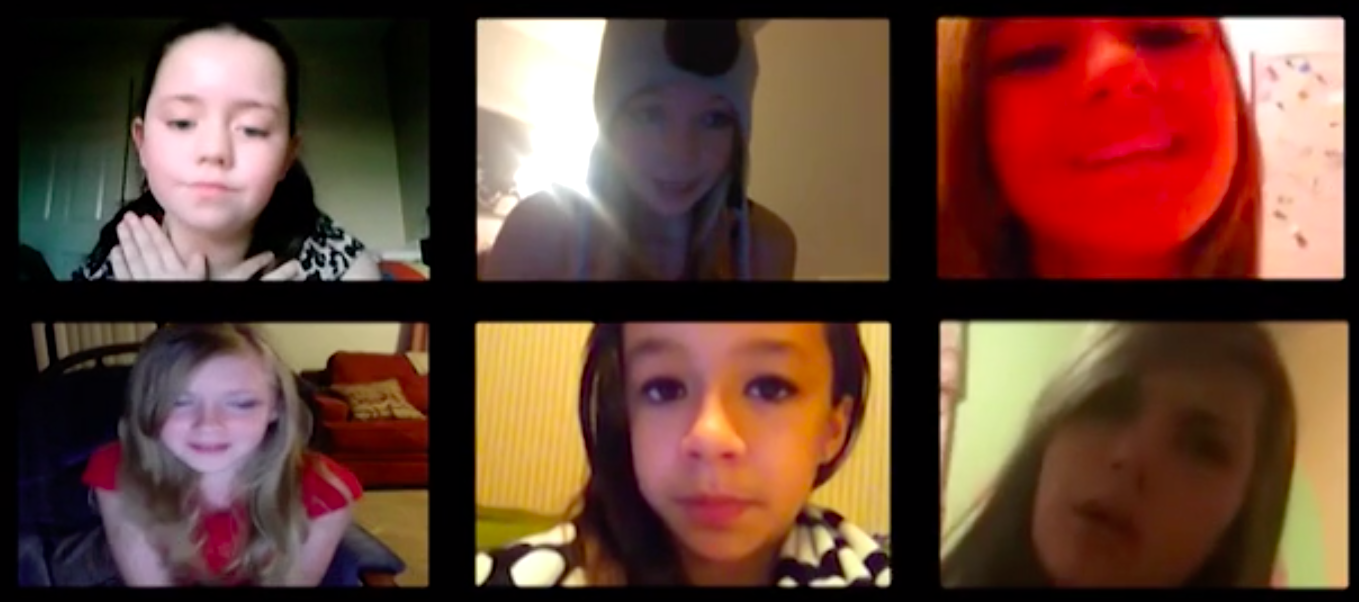In an essay titled “A Year Like No Other,” New York Times Executive Editor Dean Baquet introduces the 2020 Year in Pictures collection of photographs that provide a look back at one of the most tumultuous in recent history.
“Certain years are so eventful they are regarded as pivotal in history, years when wars and slavery ended and deep generational fissuers burst into the open — 1865, 1945 and 1968 among them,” Baquet writes. “The year 2020 will certainly join this list.”
Beginning, as most end-of-year collections do, a photograph by Calla Kessler shows Times Square revelers sharing kisses at the stroke of midnight.
“Everyone was so hopeful and excited making proclamations that 2020 was going to be their year,” Kessler says. “It just seems like a horrible joke now. It seemed like we were ringing in a very special year, and we were, but wow.”
The photographs at the start of the year look much like any other: A pro-democracy protest in Hong Kong, then-presidential candidate (and now President-Elect) Joe Biden on the campaign trail in Iowa, the off-road Dakar Rally in Saudi Arabia and a political standoff in Venezuela.
But as January 2020 came to a close, the first images emerged of construction crews in China’s Wuhan Province building a hospital in 10 days to deal with the growing number of novel coronavirus patients.
An image by Hector Retamal, a Shanghai-based photographer working for Agence-France Presse, shows an elderly man in Wuhan who had collapsed near a hospital as workers in hazmat suits tended to him.
A presidential impeachment, a surfing world record, a memorial for Kobe Bryant and a historic locust swarm in Kenya marked the start of news events in February.
From there, images of the COVID-19 pandemic begin to dominate news coverage around the world, in moments that include depictions of grief at the loss of human life, government responses amid the uncertainty of a new virus and abandoned public spaces normally teeming with crowds.
The narrative changed in May following the killing of George Floyd at the hands of Minneapolis police officers. The event sparked largely peaceful protests that spread across the United States in the months that followed, punctuated by occasional outbursts of violence and arson, as well as militarized police tactics in response to the flood of demonstrators that thronged streets in large cities and small towns.
The events gave rise to a new, reinvigorated Black Lives Matter movement that put the issue of police brutality at center stage in the public eye.
In the second half of the year, with the pandemic death toll continuing to rage across globe, news coverage turned to the economic effects of COVID-19 coming into focus. People who lost their jobs faced mass evictions across the country. Protesters loudly opposed restrictions to help stem the spread of coronavirus. Many school districts pivoted to online learning as September rolled around. And authorities grappled to prepare for a U.S. presidential election in November that expected a record number of mail-in ballots due to the pandemic.
December saw the introduction of new COVID-19 vaccines. Jacob King‘s photograph of Margaret Keenan, 90, shows medical staff cheering after she became the first person in Britain to receive the coronavirus vaccine developed by Pfizer and BioNTech.
And once again, hope emerges as we head into 2021.


